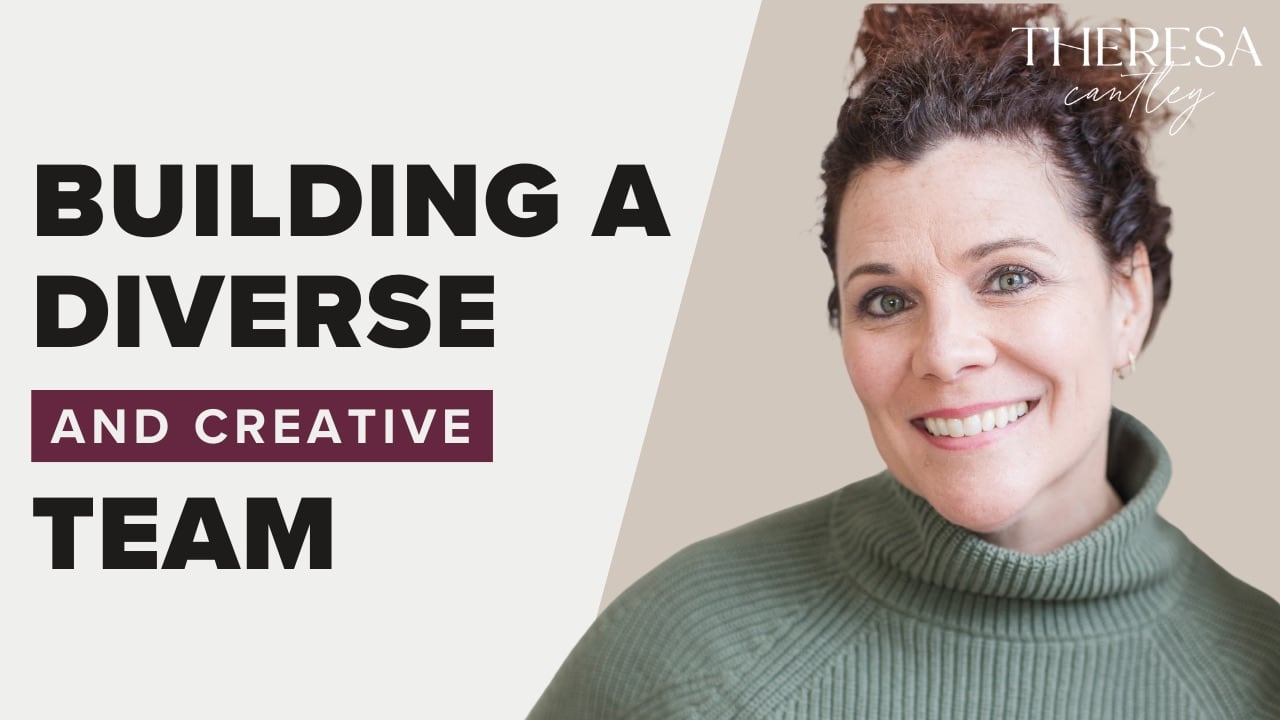What’s one quality that makes a truly great leader? It’s not perfection, or having all the answers. And it’s definitely not being a know-it-all.
It’s intellectual humility – the ability to admit you don’t know everything, to be open to new perspectives, and to surround yourself with people who complement your strengths.
This idea came up in a recent conversation I had with a new leader I’m mentoring in one of my businesses. He’s stepping into management at a restaurant we operate, and we were talking about the direction we want to take the business. He brought up something someone in the community had said – that the owner “isn’t your typical cutthroat restaurant guy” and doesn’t know all the ins and outs of the industry.
My response? That’s exactly what makes him such a good business owner.
Why Great Leaders Don’t Need All the Answers
This particular owner knows where his strengths are – and more importantly, where they aren’t. He doesn’t pretend to know it all. Instead, he surrounds himself with people who do know. That’s where his success comes from.
So many leaders think they have to be flawless and all-knowing. But the truth is, that mindset isolates you from your team, stifles creativity, and limits what’s possible.
When you lead with intellectual humility, you build trust. You create space for better ideas. And you develop a culture that encourages innovation, problem-solving, and growth.
Three Ways to Embrace Intellectual Humility as a Leader
If you want to foster a stronger team and a smarter business, start with these three principles:
1. Surround Yourself with Good People
You don’t need to be an expert at everything. (In fact, it’s better if you’re not!) Instead of trying to wear every hat, bring in people who have strengths you don’t.
The restaurant owner I mentioned is a big-picture visionary. He’s overflowing with creative ideas. But project management? Not his thing. So he brings in people who can take those ideas, prioritize them, and turn them into action.
That’s what smart leadership looks like – acknowledging your blind spots and filling them in with great people.
2. Stay Curious
Curiosity drives creativity. And creativity drives innovation.
One of the best things you can do as a leader is to stay open to learning – whether it’s through reading, listening, asking questions, or just admitting when you don’t know.
I recently spoke to someone on the board of a large food company. Their CEO was exploring how to use AI across the business – not to replace people, but to re-skill and empower them. That only works when you lead with curiosity instead of fear. When you say, “What else is possible?” instead of “This is the way it’s always been.”
3. Be Open to Different Perspectives
Great businesses aren’t built on a single vision. They’re built on a shared vision – one that evolves through input, collaboration, and diverse thinking.
The fastest way to limit your growth is to believe your perspective is the only valid one. When leaders don’t listen, they shut down creativity and alienate their team.
But when you encourage others to share their ideas – even if they challenge yours – you create something better than you ever could on your own.
Leadership Is Human
At the end of the day, admitting you don’t have all the answers isn’t weakness – it’s wisdom. It’s human.
And the more you lean into your humanity, the more connected, respected, and effective you’ll be as a leader.
If this resonates with you, and you’re curious about how intellectual humility could shift things in your business, I’d love to connect. Book a virtual coffee chat with me and let’s dig into where you might be stuck – and how we can create a smarter, more collaborative path forward.
Resources Mentioned
💻 Join me every Friday at 10 am on LinkedIn for my free workshop
☕️ Schedule a Virtual Coffee with Theresa
📝 Uncover Your Biggest Blindspots with the Entrepreneur Quiz
Related Episodes
Toxic Productivity: 3 Steps to Right the Ship When There’s a Bottleneck in Your Team
Disrupt or Be Disrupted: How to Spot and Fix Inefficiencies in Your Business
Embracing the Messy Middle: Why Change Feels So Hard (and How to Push Through It)


